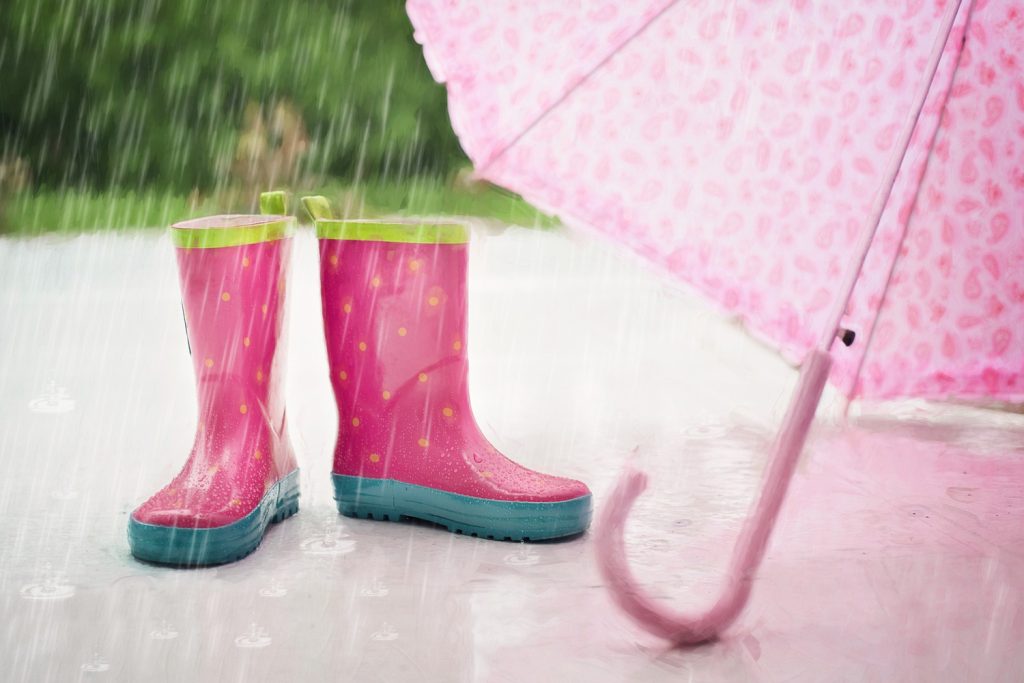Pro-tips for property owners. Tip #2: Your emergency plan
Diving into the next part of our series, we’re tackling how to stay one step ahead of Mother Nature’s surprises. As the seasons shift, weather patterns can change rapidly, bringing unexpected conditions right to our doorsteps. Lately, we’ve noticed an uptick in flooding enquiries from our community, highlighting the importance of being alert. We’re all for optimism, but being ready for any weather is just common sense. So, let’s pack our emergency kits and make sure we’re prepared for whatever comes our way. Here’s a quick guide to keeping safe, protecting your property, and getting through any weather challenge.

Make sure you’re ready for Mother Nature’s curveballs
Regardless of the type of natural disaster that might take place, the drill’s pretty much the same. So, let’s tuck this know-how into our mental back pocket – because, let’s face it, it’s always good to have a plan before the weather decides to crash our party. It’s been just over a year since we witnessed the severe impact of the consecutive flooding and storms of early 2023. They were a soggy reminder that while we’d love a year filled with nothing but sunshine and gentle breezes, hoping for the best without preparing for the rest is like wearing socks with sandals – a risky fashion statement in the world of weather.
While we remain hopeful for a calmer year ahead, we wouldn’t be in the insurance game if we didn’t value cautious optimism and thorough preparation for unforeseen events.
Make sure your emergency kit isn’t just a collection of last year’s Halloween candy and a flashlight with dead batteries. The following simple steps can lessen the impact of future major events and help make your recovery just that little bit smoother:
Stay Safe and Informed
- Listen to updates from official channels like Civil Defence and emergency services. Keeping you, your family, and your fur babies out of harm’s way is priority number one.
- Gather essential items like your emergency bag and a lockbox with important documents.
Secure and Document
- If your home is safe, make temporary repairs to secure it. Take photos of any damage for insurance purposes.
- Move valuable items to a safe place if possible. Your insurance might cover the cost of storing these items.
Communicate and Manage
- If your home is damaged but livable, contact your insurance provider for advice on urgent repairs. Keep all documentation and receipts related to the damage and repairs.
- Be aware of repair scams. If the damage is serious or your home is not safe, get in touch with your insurance provider for prioritised support.
Cleanup and Claims
- Begin cleanup for flood damage by removing affected items, and document everything with a list and photos. Keep damaged items for assessment.
- Arrange for emergency repairs to prevent further damage, knowing these costs can be covered by your insurance claim.
This guide ensures you know the steps to take for safety, protecting your property, and efficiently handling insurance claims during emergencies.
OTHER ARTICLES OF INTEREST
- Am I covered for Natural Disasters?
- There’s been a natural disaster. What happens next?
- There’s a major weather event forecast for tomorrow, can I insure tonight?
- Major event claims process
- When do I need contract works insurance?
EXTERNAL RESOURCES